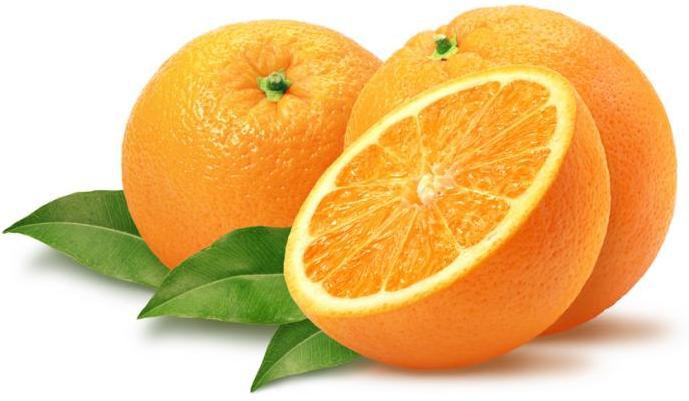Mostly known for its flu-fighting properties, Vitamin C can also pack a punch and influence your performance out on the road, as well as help you recover quicker. – BY ESMÉ MARÉ, R.D. AT CHRISTINE PETERS AND ASSOCIATES
Vitamin C is a powerful antioxidant, which may help lower the risk for cancer by reducing free radicals and lipid oxidation in body tissues, and it is also involved in reactions that form collagen, a connective tissue protein. Added to that, vitamin C is also required for wound healing and is a water-soluble vitamin essential for normal growth and development. However, we cannot synthesise our own Vitamin C, and excessive amounts can easily be removed from the body through our urine, within 24 hours, rather than it being stored. This means that we need to consume Vitamin C on a regular basis.
Special Help for Athletes
Vitamin C has some distinct functions that can influence athletic performance, such as:
• Assisting in the synthesis of carnitine, which is important for energy metabolism.
• Assisting in the production of epinephrine and norepinephrine, which makes glucose available to your working muscles.
• Assisting in the transportation and absorption of non-heme iron (mainly from fruits and vegetables).
• Assisting in the resynthesis of Vitamin E to its active antioxidant state.
• For runners taking on the bigger distances, Vitamin C is a powerful antioxidant that limits the damage from oxidative stress that one undergoes during a long run or race.
• It plays an important role in the healing process by building protein, scar tissue, ligaments and blood vessels.
• Vitamin C also helps the body maintain bone tissue and cartilage.
Good Food Sources
Fresh fruits and vegetables have the highest vitamin C content while meats and dairy products are low in vitamin C, and cereal grains contain none (unless fortified). Fortified beverages and cereals are good sources. Vitamin C can easily be destroyed when exposed to heat (cooking) and oxygen (air) and can easily be removed from foods boiled in water and strained, as it is water-soluble. Methods of cooking less likely to compromise the vitamin C content of foods include steaming, microwaving and stir-frying.
Top Tips
• The recommended dietary allowance of vitamin C for men is 90mg/day and for females it is 75mg/day. (Smoking increases a person’s need for vitamin C, so smokers need an additional 35mg/day.)
• It is easy to meet the body’s requirement for vitamin C by eating the recommended amount of fruits and vegetables a day (five a day). Remember that a serving of vegetables is half a cup cooked or one cup raw, or one cup of vegetable juice. A serving of fruit is one medium fruit, a cup of chopped or canned fruit, or one cup of fruit juice.
• Have a fruit at breakfast or at each snack, or have some fruit juice before, during or after training. Include one or two portions of vegetables (including salads) at lunch and dinner. Remember, foods high in vitamin C also contain fibre and other vitamins, including A and K.
• Taking megadoses of vitamin C is not fatally harmful, but side-effects are common when exceeding a dosage of 2000mg/day for a prolonged period of time. These include nausea, diarrhoea, nosebleeds and abdominal cramps.
Fruits and Vegetables High in Vitamin C
Sweet red pepper, raw, 1 cup – 283mg
Sweet green pepper, raw, 1 cup – 120mg
Hot chili peppers, raw, 1 pepper – 109m
Broccoli, cooked, 1 cup – 101mg
Brussel sprouts, cooked, 1 cup – 97mg
Kale, cooked, 1 cup – 80mg
Peas, boiled, 1 cup – 77mg
Tomato paste, 1 cup – 57mg
Red cabbage, raw, 1 cup – 54mg
Potato, 1 large – 39mg
Tomato, 1 large – 32mg
Papaya, 1 large – 188mg
Orange juice, 1 cup – 124mg
Cranberry juice cocktail, 1 cup – 107mg
Strawberries, 1 cup – 98mg
Grapefruit juice, 1 cup – 94mg
Kiwi, 1 medium – 76mg
Mango, 1 large – 75mg
Pineapple, 1 cup – 74mg
Orange, 1 large – 70mg
Cantaloupe, 1 cup – 59mg

